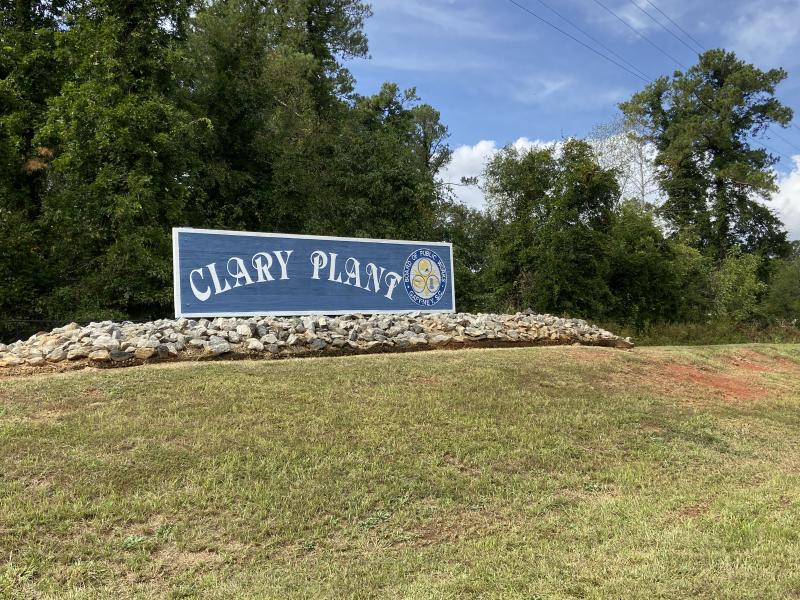Wastewater
About Our Services

BPW owns and operates two Wastewater Treatment Plants (WWTP) - the Clary WWTP and the Broad River WWTP. Both plants are extended aeration tertiary wastewater treatment plants.
The incoming water, known as influent, is a combination of industrial and domestic (or household) wastewater. The Clary WWTP has an average flow design of 5 million gallons per day (MGD), and the Broad River WWTP has a design of 4 MGD. They both average a flow of 1.85 MGD of treated wastewater.
In the processes of both our plants, the influent water is pumped throughout our town by the use of 12 wastewater pump stations. When it enters our plants, the influent water flows through our mechanical bar screens. These machines remove all large debris ¼” in size and larger. Inorganic items such as rags, plastics, etc. are removed to protect downstream equipment.
The next step is called secondary treatment. The influent is received in aeration basins, where it is mixed with beneficial microorganisms to start the natural breaking down of the waste. In the basins, large turbine aerators keep dissolved oxygen in an adequate range for the biological breakdown process.
After leaving the aeration basins, the sludge/influent mixture known as Mixed Liquor Suspended Solids (MLSS) travel to the next step of the process, Secondary Clarifiers. The MLSS flows equally into one of three clarifiers for separation. The heavy sludge in the MLSS settles out on the bottom of the circular clarifiers. Then, it is either returned back to the aeration basins for continued treatment of incoming flow, or it is sent to Sludge Thickening Tanks to be digested into land-applied agricultural fertilizer. The clear water from the separation on top in the clarifiers then spills over and heads to be disinfected. The disinfection process occurs in the plant’s chlorine contact chamber. Here, a chlorine/water solution is mixed with the clear clarifier water to kill any pathogen that may remain.
After the disinfection process, we take out all remaining remnants of chlorine with a sulfur dioxide/water mixture solution. The water is then discharged back into the creeks and river to support the aquatic environment.
Sewer Pretreatment Survey
Sewer Pretreatment Questionnaire
Backflow Device Test Form
Attention Backflow Assembly Testers: According to BPW Backflow Policy, all Backflow tests are required to be turned in on the BPW test form. All submitted tests not on our form will be sent back to tester.
Please fill out the form below and return to mharper@gbpw.com. Please put the business name being tested in the subject line of the email.
Backflow Device Form
